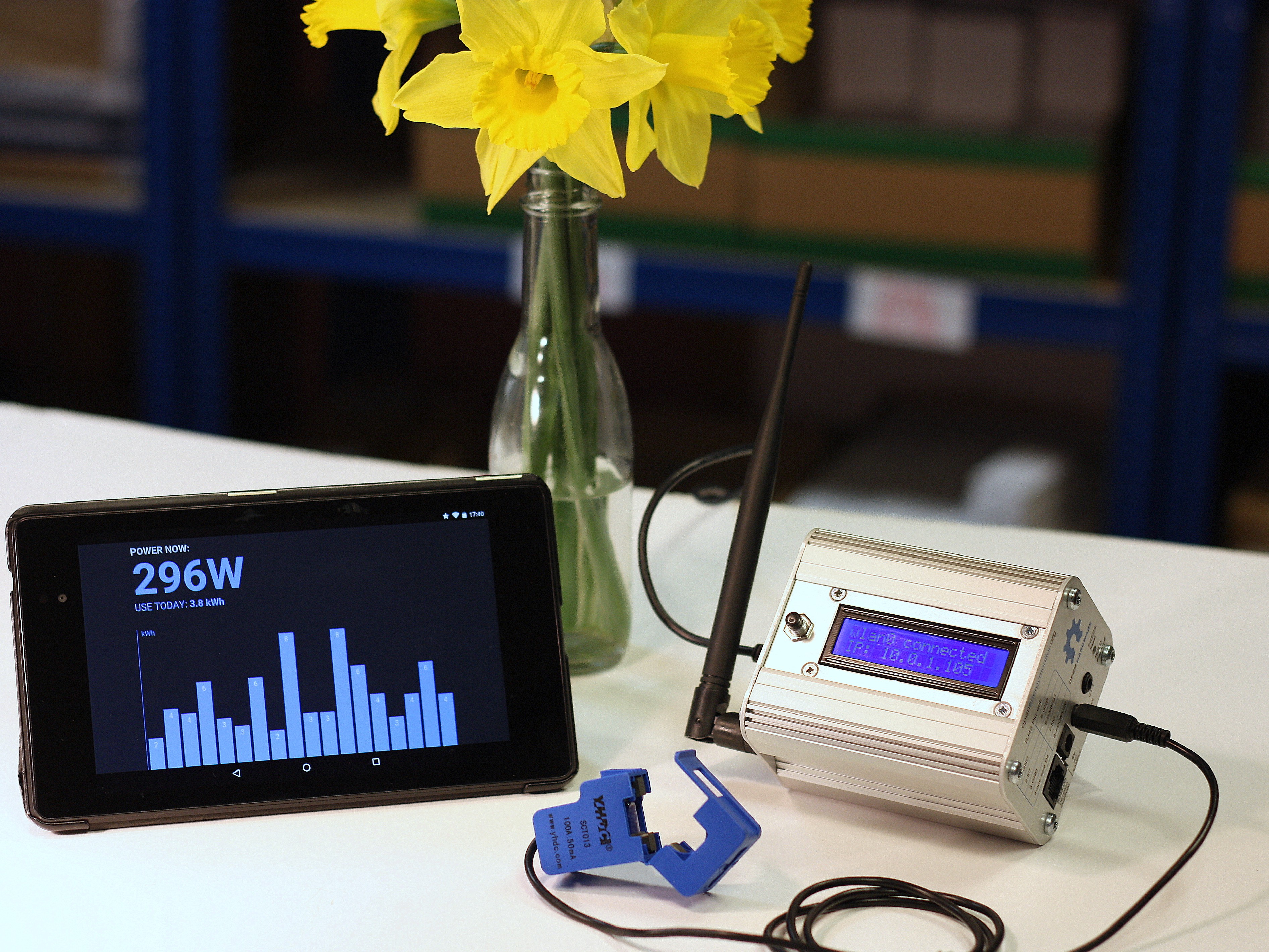Ever wondered how your Raspberry Pi is doing under the hood? Monitoring Raspberry Pi performance is more important than you think. Just like a car engine, your Pi needs regular check-ups to ensure it's running smoothly. Whether you're a tech enthusiast, a DIY tinkerer, or a developer, knowing how to monitor Raspberry Pi performance can save you from potential crashes and sluggishness.
Imagine this: you're running a project, and suddenly your Raspberry Pi starts lagging. You have no idea what's causing it. That's where performance monitoring comes in. It's like having a dashboard for your Pi, giving you real-time insights into its health. This guide will walk you through everything you need to know about keeping your Pi in top shape.
Now, before we dive deep into the nitty-gritty, let me tell you something cool. Monitoring Raspberry Pi performance isn't just for pros. Anyone can do it with the right tools and knowledge. So, buckle up, because we're about to take you on a journey that'll turn you into a Pi performance guru.
Read also:Jim Caviezels House A Closer Look At The Life And Home Of A Hollywood Legend
Why Should You Care About Raspberry Pi Performance?
Alright, let's get real. Your Raspberry Pi is a powerful little machine, but it's not invincible. Over time, things can go south if you don't keep an eye on its performance. Think about it—your Pi could be running multiple processes, handling heavy workloads, or even overheating. Without proper monitoring, these issues can spiral out of control.
Here's the kicker: when your Pi performs well, your projects run smoother, faster, and more efficiently. Whether you're setting up a home automation system, running a media center, or even hosting a web server, monitoring Raspberry Pi performance ensures everything stays on track. Plus, it helps you identify bottlenecks and optimize resources, which is a big win for any tech-savvy person.
Let's break it down: poor performance can lead to frustration, wasted time, and even costly repairs. But with the right tools and techniques, you can avoid all that hassle. So, are you ready to take your Pi game to the next level? Let's get started!
Daftar Isi
- Why Should You Care About Raspberry Pi Performance?
- Top Tools for Monitoring Raspberry Pi Performance
- Methods to Monitor Raspberry Pi Performance
- Understanding CPU Performance
- Managing Memory Usage
- Optimizing Storage Space
- Tracking Temperature Levels
- Analyzing Network Performance
- Tips for Optimizing Raspberry Pi Performance
- Common Issues and Troubleshooting
Top Tools for Monitoring Raspberry Pi Performance
When it comes to monitoring Raspberry Pi performance, having the right tools is essential. These tools give you the power to track everything from CPU usage to memory consumption and even temperature levels. Here's a quick rundown of some of the best tools out there:
- htop: A super cool terminal-based tool that gives you a real-time view of your Pi's processes. It's like a dashboard for your Pi, showing you exactly what's happening under the hood.
- Grafana: If you're into fancy dashboards, Grafana is your go-to tool. It integrates with various data sources and lets you create custom dashboards to monitor your Pi's performance.
- Glances: Another awesome tool that provides a cross-platform monitoring solution. It's lightweight, easy to use, and gives you a comprehensive overview of your Pi's health.
- munin: This one's perfect for long-term monitoring. Munin collects data over time and generates graphs, helping you spot trends and patterns in your Pi's performance.
These tools are just the tip of the iceberg. Depending on your needs and expertise level, you can choose the one that works best for you. The key is to find a tool that fits your workflow and helps you stay on top of your Pi's performance.
Methods to Monitor Raspberry Pi Performance
So, you've got the tools, but how do you actually monitor Raspberry Pi performance? There are several methods you can use, each with its own advantages. Let's explore some of the most effective ones:
Read also:Elyse Smith Height Unveiling The Truth Behind The Numbers
Terminal Commands
If you're comfortable with the command line, terminal commands are a quick and easy way to check your Pi's performance. Commands like 'top', 'free', and 'df' give you instant insights into CPU usage, memory consumption, and disk space. Plus, they're always available, so you don't need to install any extra software.
Web-Based Dashboards
For a more visual approach, web-based dashboards like Grafana or Node-RED offer a user-friendly interface. They allow you to monitor multiple metrics at once and even set up alerts for when things go wrong. It's like having a personal assistant for your Pi.
Third-Party Apps
There are also plenty of third-party apps designed specifically for monitoring Raspberry Pi performance. Apps like PiMonitor or Pi-hole give you additional features and functionality, making it easier to manage your Pi's health.
No matter which method you choose, the goal is the same: to keep your Pi running smoothly and efficiently. So, pick the one that suits your style and start monitoring!
Understanding CPU Performance
The CPU is the heart of your Raspberry Pi, and understanding its performance is crucial. Just like a human heart, it needs to be in top condition to function properly. Monitoring CPU performance involves tracking metrics like usage percentage, load average, and temperature.
Here's a quick tip: a consistently high CPU usage can indicate that your Pi is under heavy load. This could be due to too many processes running simultaneously or a single process consuming all the resources. By keeping an eye on these metrics, you can identify and address issues before they become major problems.
For example, if you notice that your CPU temperature is consistently above 80°C, it might be time to invest in a cooling solution like a fan or heatsink. These small investments can make a big difference in your Pi's longevity and performance.
Managing Memory Usage
Memory management is another critical aspect of monitoring Raspberry Pi performance. Your Pi has limited RAM, so it's important to use it wisely. Tools like 'free' and 'vmstat' can help you keep track of memory usage and identify memory leaks.
Here's a trick: if you find that your Pi is constantly swapping to disk, it might be a sign that you're running out of memory. Swapping can significantly slow down your Pi, so it's something you want to avoid. One solution is to add a swap file, which gives your Pi extra virtual memory when needed.
Another thing to keep in mind is memory fragmentation. Over time, memory can become fragmented, leading to inefficient usage. Regularly rebooting your Pi can help reduce fragmentation and improve overall performance.
Optimizing Storage Space
Storage optimization is often overlooked, but it's just as important as CPU and memory management. Your Raspberry Pi's SD card or SSD is where all your data lives, so keeping it clean and organized is key to maintaining performance.
Here's a pro tip: regularly clean up unnecessary files and uninstall unused applications to free up space. You can also use tools like 'df' and 'du' to identify large files and directories that might be taking up too much space.
Another strategy is to use external storage for large datasets or media files. This not only frees up space on your Pi but also improves read/write speeds, making your projects run smoother.
Tracking Temperature Levels
Temperature monitoring is a must for any Raspberry Pi user. Overheating can cause your Pi to throttle its performance, leading to slower speeds and even shutdowns. Fortunately, there are several ways to track and manage temperature levels.
One of the simplest methods is using the 'vcgencmd' command, which gives you the current temperature of your Pi's CPU. You can set up alerts or scripts to notify you when the temperature exceeds a certain threshold.
Investing in a cooling solution, like a fan or heatsink, is also a smart move. These accessories can help keep your Pi cool even under heavy loads, ensuring it runs at optimal performance. Plus, they're relatively cheap and easy to install.
Analyzing Network Performance
Network performance is another critical factor to consider, especially if you're using your Raspberry Pi as a server or media center. Slow network speeds can ruin the user experience, so it's important to monitor and optimize your network settings.
Here's how you can do it: use tools like 'iftop' or 'nload' to monitor your network traffic in real time. These tools give you a clear picture of which applications are using the most bandwidth and where bottlenecks might be occurring.
Another tip is to use a wired connection instead of Wi-Fi whenever possible. Wired connections are generally faster and more stable, providing a better experience for data-intensive applications.
Tips for Optimizing Raspberry Pi Performance
Now that you know the ins and outs of monitoring Raspberry Pi performance, let's talk about optimization. Here are some tips to help you get the most out of your Pi:
- Update Regularly: Keep your Pi's software and firmware up to date to ensure you're running the latest and most efficient versions.
- Disable Unnecessary Services: Turn off services you don't use to free up resources and improve performance.
- Use Lightweight Applications: Opt for lightweight software that doesn't consume too much memory or CPU power.
- Optimize Boot Settings: Tweak your Pi's boot settings to speed up the startup process and reduce boot time.
By following these tips, you can significantly enhance your Pi's performance and make it more efficient. Remember, optimization is an ongoing process, so keep testing and tweaking until you find the perfect balance.
Common Issues and Troubleshooting
Even with the best monitoring tools and optimization techniques, issues can still arise. Here are some common problems you might encounter and how to troubleshoot them:
- Overheating: If your Pi is overheating, try adding a fan or heatsink. You can also reduce the CPU clock speed to lower the temperature.
- Slow Performance: Check for high CPU or memory usage. Identify and terminate unnecessary processes to free up resources.
- Storage Full: Clean up your SD card or SSD by deleting unused files and applications. Consider using external storage for large datasets.
- Network Issues: Restart your router or switch to a wired connection for better stability and speed.
Remember, troubleshooting is all about identifying the root cause of the problem and finding the right solution. Don't be afraid to experiment and try different approaches until you find what works best for your Pi.
Conclusion
Monitoring Raspberry Pi performance might seem like a daunting task, but with the right tools and techniques, it's actually quite straightforward. By keeping an eye on CPU usage, memory consumption, storage space, temperature levels, and network performance, you can ensure your Pi runs smoothly and efficiently.
So, what are you waiting for? Start monitoring your Pi's performance today and take your projects to the next level. And don't forget to share your experiences and tips with the community. Together, we can all become Raspberry Pi performance experts!
Thanks for reading, and happy Pi-ing!


